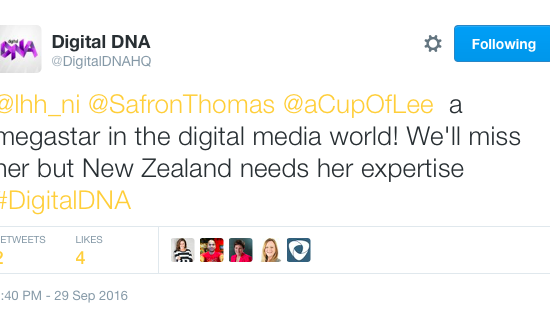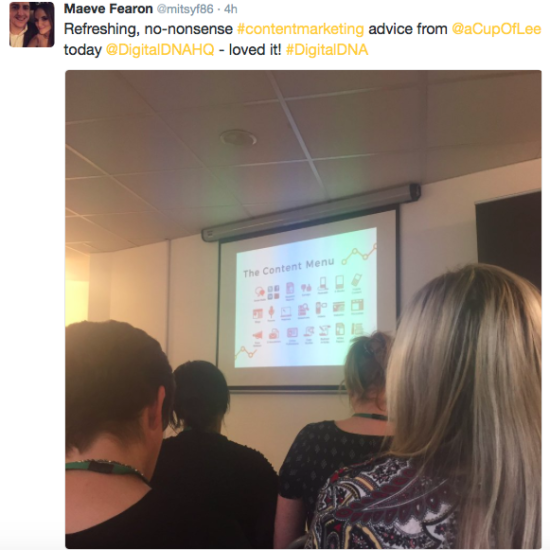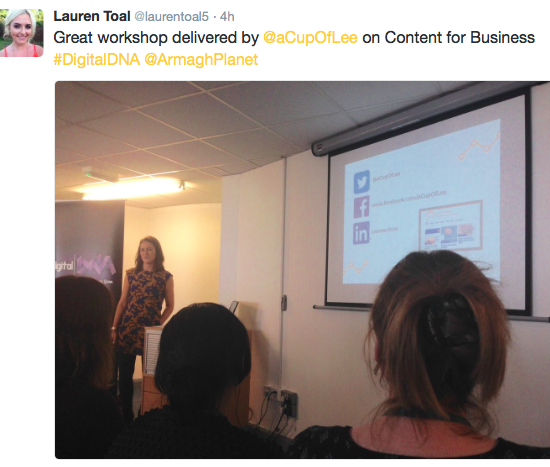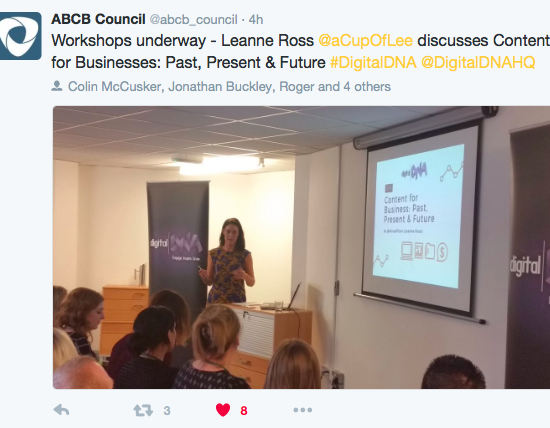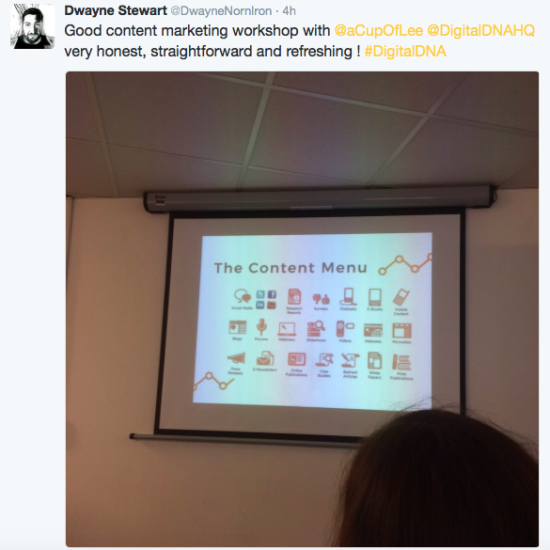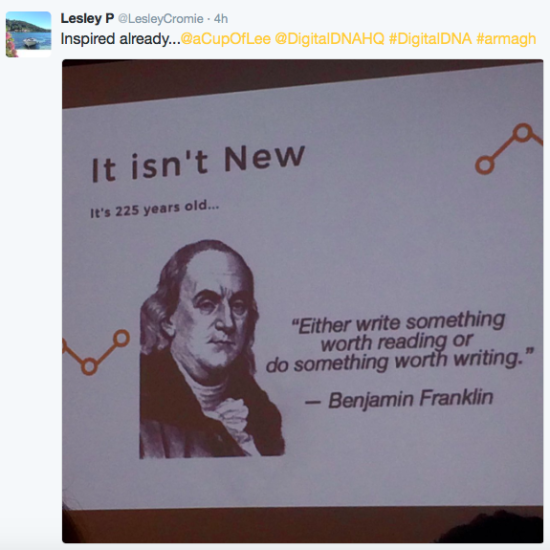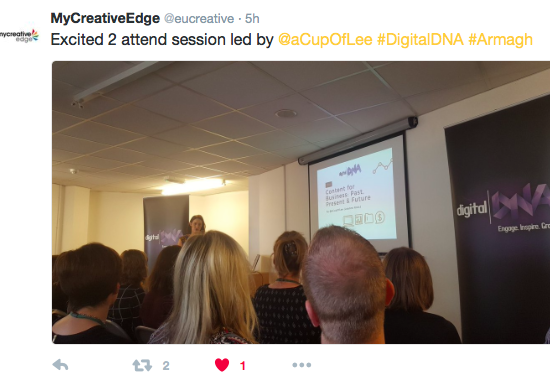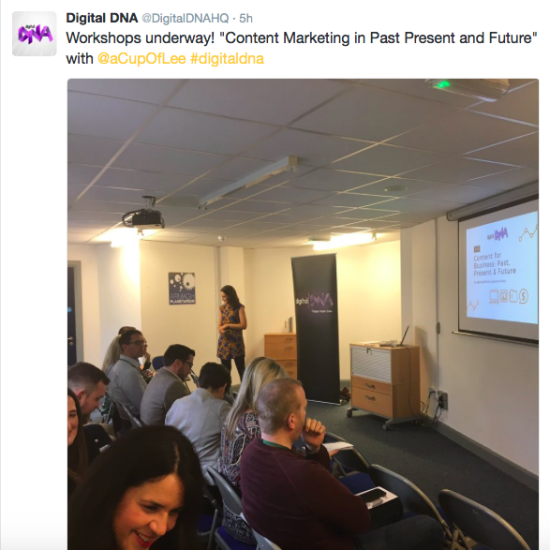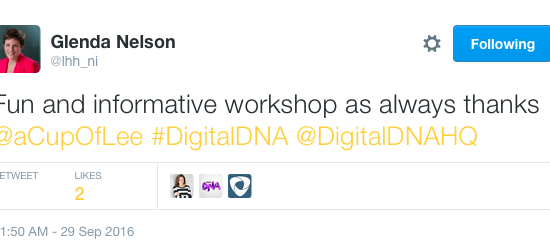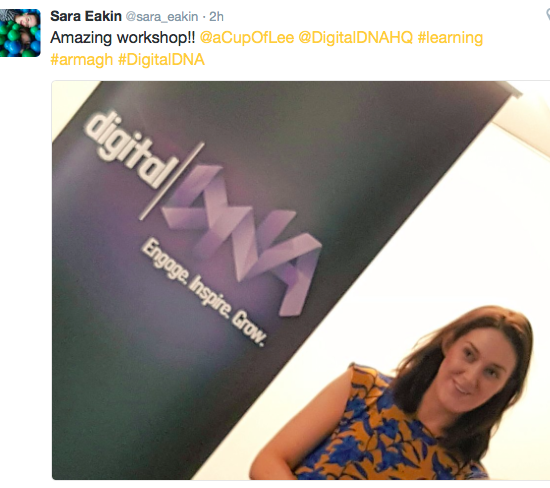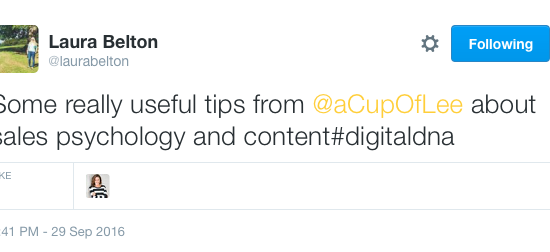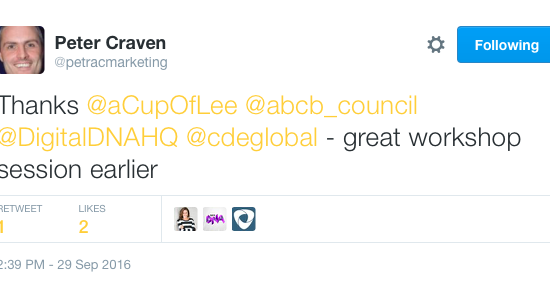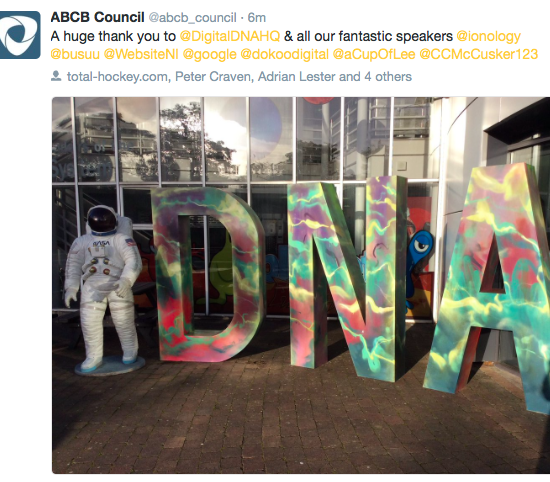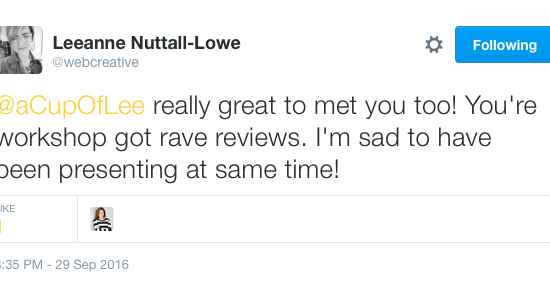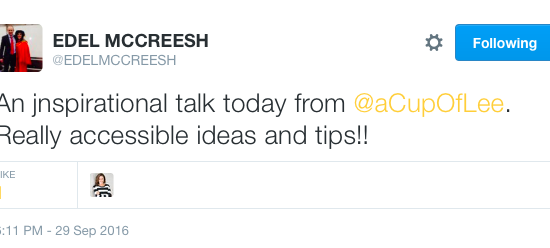Although my book takes businesses through Digital PR step-by-step, and some of that research can be used for content planning too, I haven’t published this specific process before.
And given that my most-shared article to date on the blog is the how-to post about Content Planning, it made sense to follow that up with a more in-depth look at how we actually research ideas for content.
So whether you need blog post themes, video ideas or possible slants for research or white papers that are pertinent to your industry right now, you’ll not come away from the following activities with a blank sheet of paper in your hands…
Researching Content Ideas: Step-by-Step

I’ve used the example of the Construction industry here, mainly because it’s often considered “boring” or difficult to be creative with. It’s an industry I’ve had to work on myself, in the Middle East no less, so this is a real-life run-through of how I would prepare a list of content ideas for branded articles on their own website and pitching as guest blogs elsewhere for SEO backlinks…
Step 1:
So firstly, I want to know what the most popular content that exists online currently is. I want to be able to look at it and learn from the words/images. Buzzsumo lets us do this, even offering the first few results for free to non-subscribers. I can search any term or industry and narrow it down by geographical area to see how many social media shares each piece of content received:

Step 2:
Next up I’ll visit Quora. It’s a Q&A forum where people will ask very specific questions about anything and experts will provide answers which are voted up or down. You can find some of the most creative ideas here. For example within construction, people are very interested in historical facts like whether our modern skyscrapers will last as long as the ancient pyramids did. Or if it’s technologically possible to build themselves a Star Wars Death Star:

Step 3:
Of course entertaining pieces are all well and good, but sometimes you will want to create serious pieces based on facts and research, but you may not have the budget or resources to compile your own. Reddit’s Data is Beautiful site is perfect for this because the content is voted up or down and will often include fabulous pieces of data visualisation that aren’t owned by your competitor brands, instead they’re created by designers and programmers who simply love information. As long as you credit them you can use their work:

Step 4:
All of the above provide inspiration for bigger pieces of content, but then you need to fill your “everyday work.” So if you have to blog each week, what will you write about? I always find it useful to visit yet another free site; Hubspot’s Blog Topic Generator. Simply input 3 nouns related to your work and it will create 5 random blog titles that are written in a way so as to attract clicks from readers:

Step 5:
When it comes to planning further ahead, we all have our own calendars of business news and activities, but to stay relevant you’ll want to be prepared for trending topics, hashtags and “National Days.” The Days of the Year calendar contains them all, but you don’t have to search by day. You can input a keyword and pull out relevant days of note. The sandcastle one here would work as a great personality post for a construction company, for example:

Step 6:
Bringing it all back to what I say in the beginning of my presentations – that content is about being relevant to audiences so that you will reap the SEO benefits for your website – the best way to be relevant is to answer the public’s questions. But how do you know what they are? Free website Answer The Public can tell you. By inputting your word and area, it will pull out the Google Search data to show you the most popular questions right now, by putting words in front of your keyword (like who, what, why, etc.) Simply turning these questions into your content titles and answering the questions well within the content, will set you on the road to success.

Step 7:
And lastly, when I do use Google for this research, the oft-overlooked “News” tab is a goldmine of inspiration. Not only will it show you what news articles are popular, but you can also see what competitors are doing and what developments are happening in your industry in other countries. A bonus in here is that you can easily find journalists, bloggers and podcast hosts interested in covering your topic, incase you want to pitch other publishers to host your content, or interview you, instead of/while also creating your own content.

So thanks to everyone who came along today to hear me speak, and for all the great feedback on Twitter (some of which I’ve featured in the image gallery below).
I really appreciate it and I’m so glad people found it useful.
I’m privileged as always to be invited to be part of the great work Digital DNA does here in Ireland and contribute to our digital economy before I leave these shores to implement my own advice and start all over again on the other side of the world! #OperationEmigration
